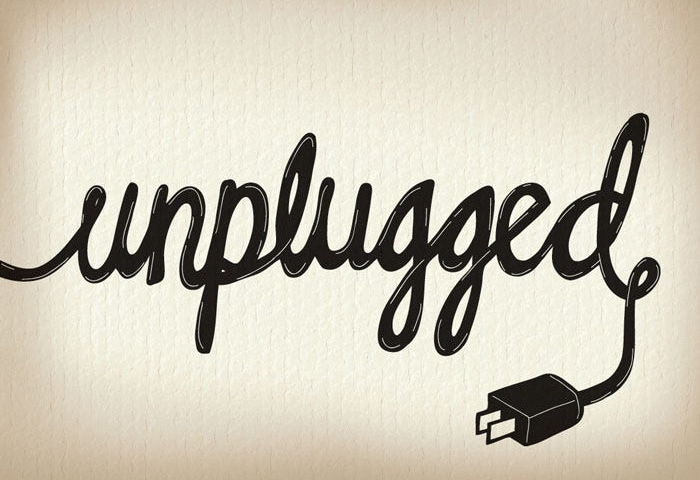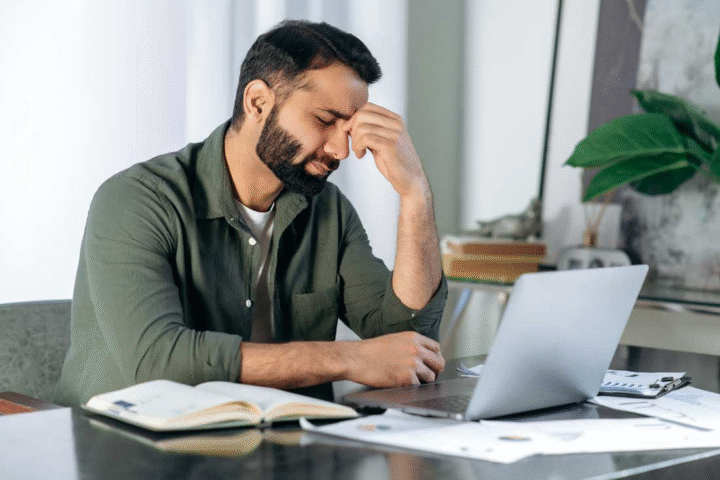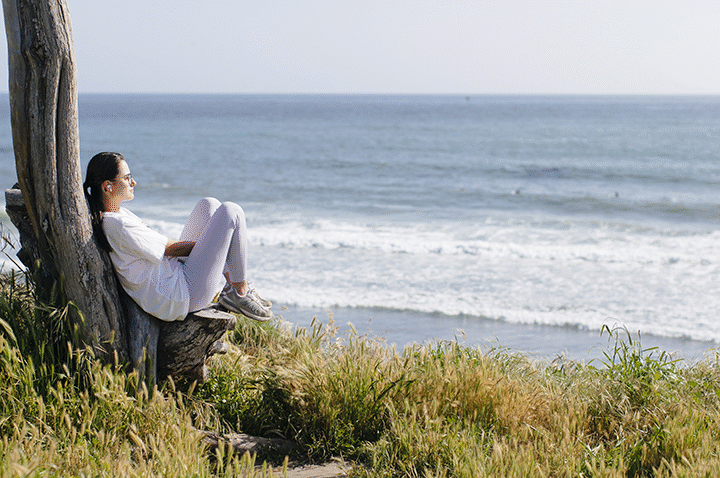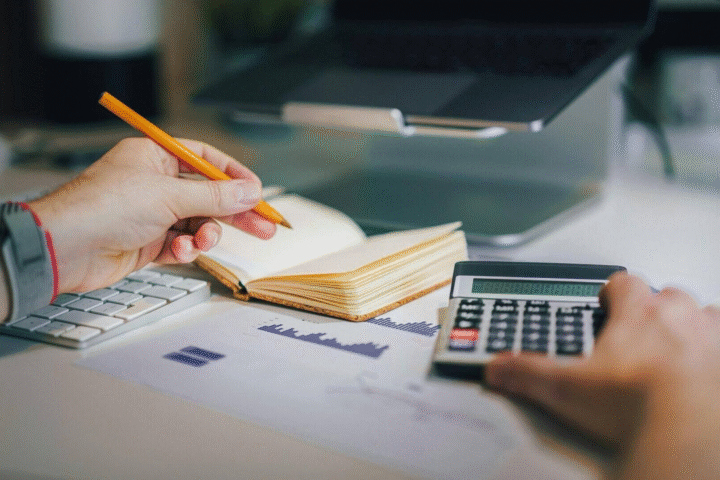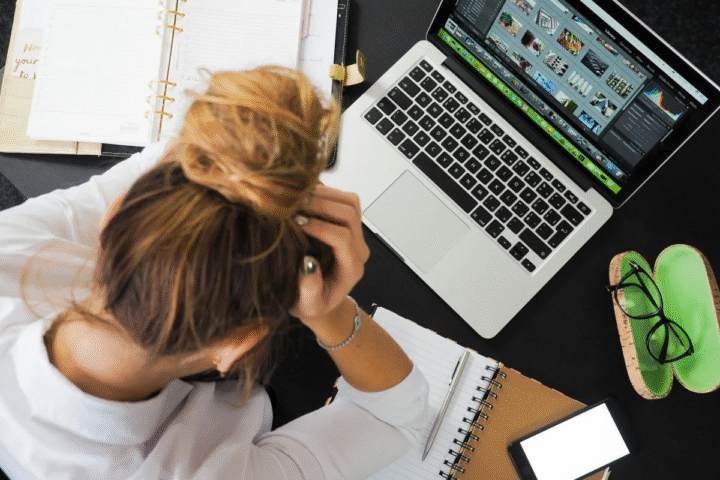We live in an age of permanent connection. Smartphones buzz with notifications, laptops never shut down, and smartwatches even track our sleep. For many professionals, the day begins with a screen and ends with one. While technology has given us unprecedented convenience, it has also created a new kind of exhaustion — digital fatigue.
The idea of a “digital detox” has gained traction in recent years, often dismissed as a wellness fad. Yet behind the buzzword lies a serious question: what happens when you unplug, not for a weekend or a single “no-screen Sunday,” but for an entire month? Can thirty days without constant digital noise actually reset the brain and body, or is it simply impractical in a modern world?
This article takes a diary-style look at what really happens during a 30-day digital detox. While experiences differ from person to person, the stages of withdrawal, adjustment, clarity, and rediscovery are strikingly consistent. The journey reveals not just the difficulty of letting go, but also the profound benefits of reclaiming time, attention, and peace.
Week One: Withdrawal and Restlessness
The first week of a digital detox is often the hardest. For years, many of us have conditioned ourselves to check our phones dozens — sometimes hundreds — of times a day. Removing that reflex leaves a strange vacuum.
In the first few days, the hand instinctively reaches for the absent device. Phantom vibrations — the sensation of a phone buzzing when it isn’t there — are common. Many report feeling restless, as if they’re missing something important. Anxiety spikes, driven not by actual emergencies but by the fear of disconnection. What if a friend needs you? What if you miss an email from work? What if the world changes overnight and you’re the last to know?
The body and brain, accustomed to dopamine hits from notifications and endless scrolling, begin to crave stimulation. Without constant digital input, evenings feel longer, mornings quieter, and commutes strangely empty. Some compare it to giving up sugar or caffeine: uncomfortable, irritating, and filled with temptation to give in “just this once.”
Yet beneath the restlessness lies the first glimpse of something unexpected: space. Without the constant pull of screens, there are gaps in the day. At first, they feel awkward. But slowly, they become opportunities. Instead of checking social media, you notice the trees outside the bus window. Instead of watching one more episode, you actually go to bed earlier. Week one may be restless, but it plants the seeds of change.
Week Two: Adjustment and Rediscovery
By the second week, something shifts. The urge to check the phone is still there, but it no longer dominates. Instead, new rhythms begin to take shape.
Mornings are calmer. Without screens, the day starts with intentional choices — stretching, making breakfast, or even sitting in silence. Commutes feel less frantic when they’re filled with reading, music, or simply observing surroundings. At work, focus improves. Without the distraction of constant pings, tasks get completed faster. Many report feeling “sharper” — not because they suddenly became more disciplined, but because they removed the primary source of distraction.
Evenings transform as well. Without digital entertainment, people turn to hobbies long abandoned: sketching, cooking, playing an instrument, or journaling. Conversations with family members deepen, as there is no longer a glowing rectangle pulling attention away mid-sentence. For some, this period reveals how much they had been “half-present” in relationships, physically there but mentally elsewhere.
Perhaps the most surprising rediscovery is boredom. In a world designed to eliminate it, boredom reemerges. At first, it feels uncomfortable, but soon it becomes fertile ground. Out of boredom comes creativity: new ideas, plans, and reflections. Instead of filling every gap with scrolling, the mind begins to wander — and in that wandering, clarity grows.
Week Three: Clarity and Connection
By the third week, the detox no longer feels like deprivation. It feels like freedom. The absence of constant digital noise creates space for clarity. Decisions feel less rushed, thoughts less fragmented. Many describe this period as “lifting a fog.”
Relationships benefit most during this stage. Without constant distractions, people listen more deeply and engage more fully. Dinner conversations stretch longer, phone-free walks turn into meaningful talks, and friendships feel richer. Partners notice they are less irritable. Parents notice children opening up more when screens aren’t dividing attention.
Work also benefits. While the digital detox doesn’t eliminate professional demands, it reduces unnecessary stress. Without compulsive checking of emails and news, professionals learn to engage in focused work sessions. Productivity rises not because more hours are worked, but because attention is intact.
Clarity also extends inward. Many report realizing how much of their digital behavior was driven by comparison, fear of missing out, or habit rather than joy. Without the endless highlight reels of social media, people rediscover their own values and priorities. Instead of measuring success against others, they begin to measure it against themselves.
By week three, the detox stops being an experiment. It begins to feel like a lifestyle worth keeping.
Week Four: Balance and Redefinition
The final week is about integration. Most people recognize they cannot — and may not want to — abandon digital life entirely. Technology is a tool, and it has real benefits. But after thirty days, the relationship with it changes.
Instead of default use, digital tools are approached with intentionality. Social media, once mindless, becomes purposeful — checking in with close friends rather than endless scrolling. Email, once constant, becomes scheduled — answered in batches instead of interrupting every moment. Entertainment, once compulsive, becomes chosen — a film with family rather than endless autoplay.
What emerges is balance. Technology is no longer the master but the servant. Life feels fuller, not because of more digital input, but because of more presence. The detox shows that it is possible to live both connected and grounded, both modern and mindful.
Of course, challenges remain. Returning to digital life requires discipline. The algorithms are designed to pull attention back, and without vigilance, old habits can return quickly. But those who complete a detox carry with them the memory of clarity. They know what life feels like without constant noise, and that memory becomes an anchor when digital life threatens to take over again.
Beyond the 30 Days: Lessons for the Future
A digital detox is not a cure-all. It doesn’t eliminate stress, solve work challenges, or magically transform relationships. But it does something equally powerful: it resets perspective.
The biggest lesson is not that technology is bad, but that it must be managed. Just as diets require balance, so does digital life. The detox reveals that constant connectivity is not necessary — and that much of what we fear missing out on is irrelevant in hindsight.
It also reminds us of the richness of offline life. Books, nature, hobbies, and conversations are not relics of the past but vital parts of a balanced existence. Technology can amplify life, but it should not replace it.
Most importantly, a digital detox teaches intentionality. Instead of drifting through days dictated by algorithms, individuals learn to choose how they spend their attention. And in a world where attention is the most valuable currency, that choice is revolutionary.
Conclusion
Thirty days without digital noise is not easy. The first week feels restless, the second uncertain, the third liberating, and the fourth transformative. Yet the rewards are profound: deeper relationships, sharper focus, restored creativity, and a sense of presence often lost in modern life.
In the end, a digital detox is less about leaving technology behind and more about returning to ourselves. It is about remembering that life is not measured in likes, notifications, or screen time, but in the moments we fully inhabit. And while few may choose to stay fully unplugged, those who try will never see digital life the same way again.



